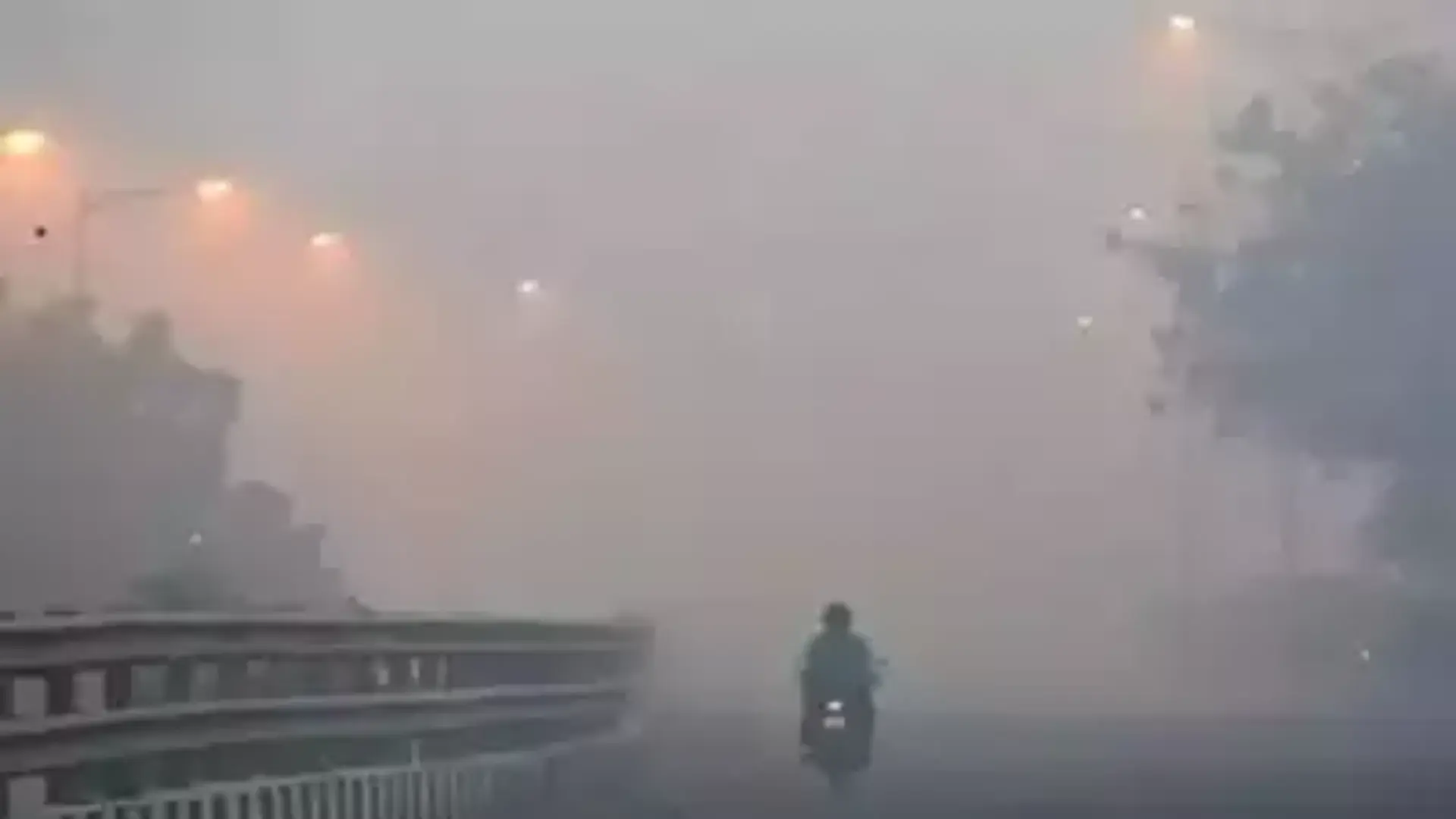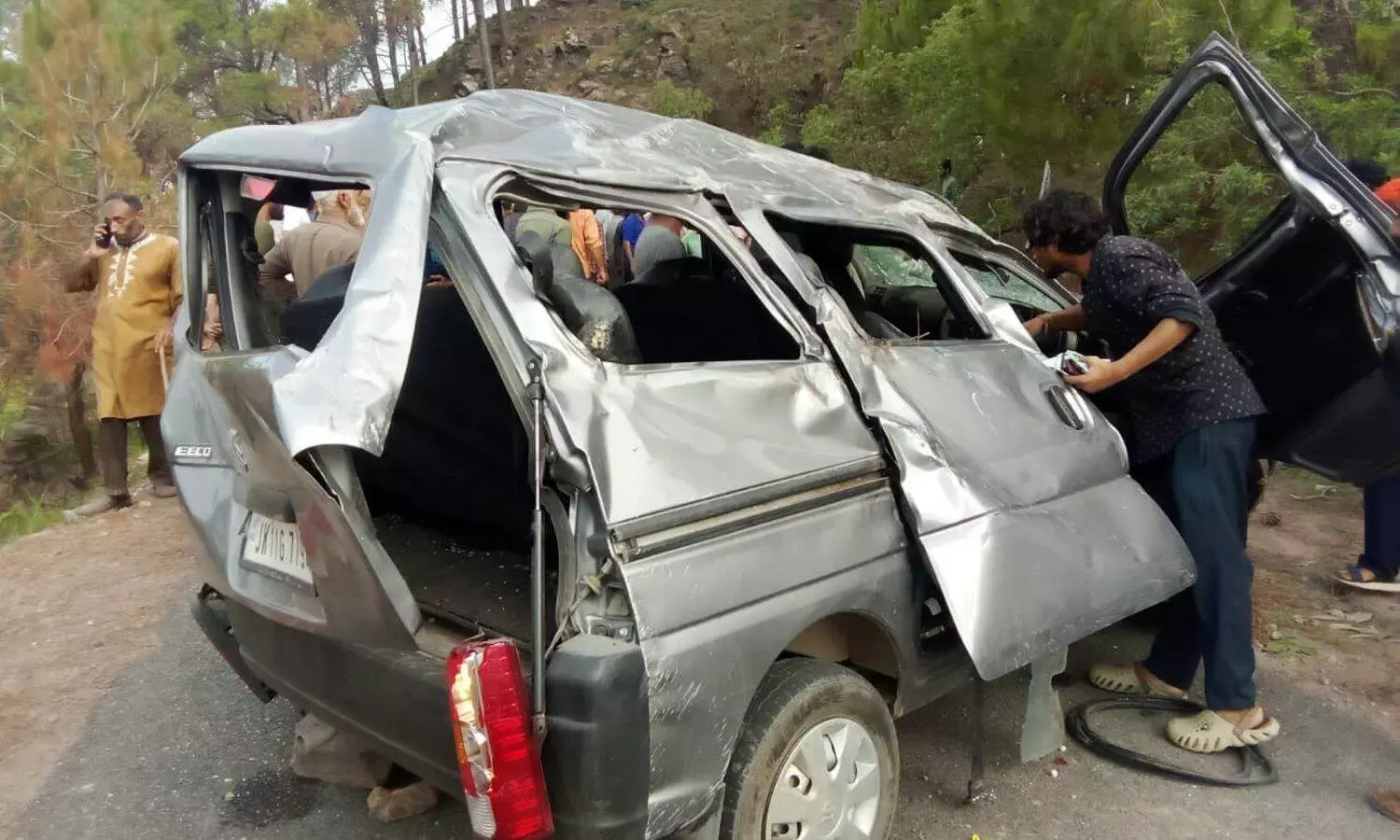
The day after Diwali, Punjab’s air quality deteriorated to hazardous levels due to widespread fireworks, with Mohali recording an Air Quality Index (AQI) of 369, placing it among India’s most polluted cities. Amritsar followed closely at 339, and Chandigarh at 311, underscoring a severe spike in pollution across the state from extensive Diwali celebrations on Thursday and Friday.
Data from the Punjab Pollution Control Board (PPCB) revealed that Amritsar’s AQI nearly matched Delhi’s, often seen as India’s pollution benchmark. Early Friday, Chandigarh recorded an AQI of 311, nearing the “severe” category. By Friday evening, Amritsar’s AQI surged to 350, pushing officials to consider “Level 3” restrictions should the air quality remain unchanged. Chandigarh saw a brief midday dip to 302, but experts warned the reduction may be temporary.
Other cities in Punjab also reported concerning levels of pollution on Saturday morning, with Ludhiana at 266, Jalandhar 225, Khanna 220, Mandi Gobindgarh 236, and Patiala 231. Notably, Ludhiana’s PM2.5 concentration was reported at 9.7 times above the World Health Organization’s recommended guideline, posing significant health risks.
The health impacts of such high pollution are considerable, particularly from elevated PM2.5 levels, which can penetrate deep into the lungs, aggravating respiratory and cardiovascular conditions. Long-term exposure is linked to chronic issues like asthma, bronchitis, and heart disease, with children, the elderly, and those with pre-existing conditions being especially vulnerable.
Public health experts urged residents to take precautions such as wearing masks and limiting outdoor exposure, particularly in areas with high pollution, to reduce immediate health risks.















